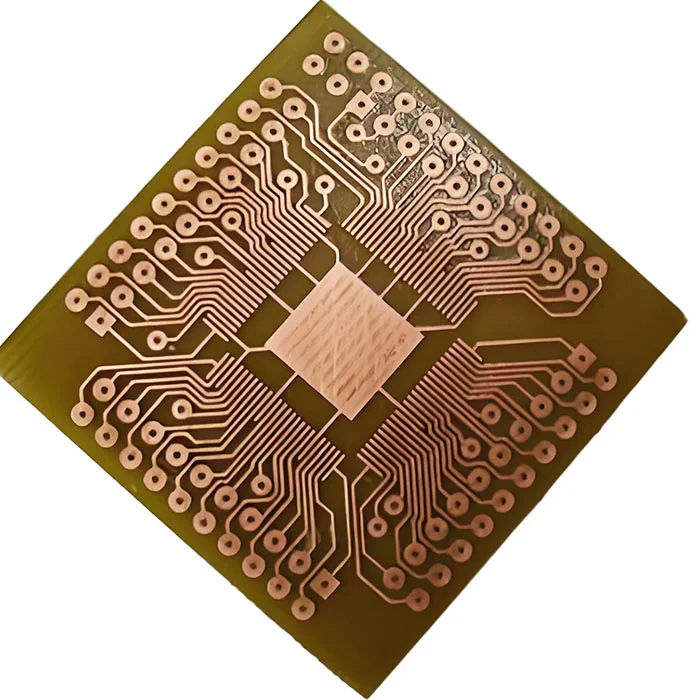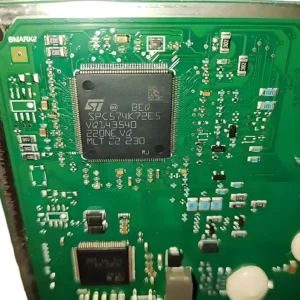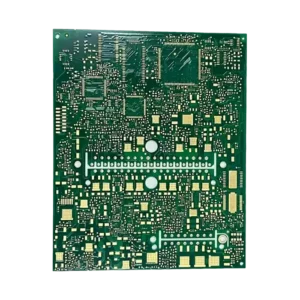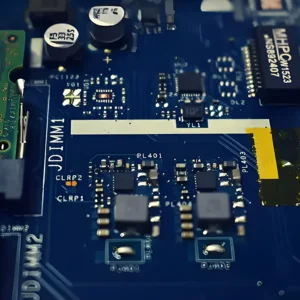RF Microwave PCB with Rogers 4350B
$88.80
Rogers 4530B used in RF microwave PCB is a specific ceramic laminate for high-frequency applications. It is characterized by sound electrical properties, mechanical durability, and processing compatibility for RF, microwave circuit applications, typically including base stations, antennas, automotive radar, and power amplifiers in today’s world.
Shipping fee and delivery date to be negotiated. Send inquiry for more details.
Your payment information is processed securely. We do not store credit card details nor have access to your credit card information.
Claim a refund if your order is missing or arrives with product issues, our support team would deal with your refund within 24 hours.
| Layer Counts | 8L |
| Base Material | Rogers RO4350B |
| Board Thickness(mm) | 2.0mm |
| Max board size(mm) | 570*670mm |
| PCB size tolerance | ±0.2mm |
| Min. Hole Size | 0.15mm |
| Min. Line Width | 4mil |
| Copper Weight | 2oz |
| Surface Finish | ENIG |
| Certificate | UL, IPC-6012, RoHS, ISO 9001, ISO14001 |
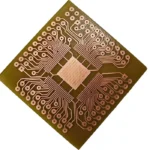 RF Microwave PCB with Rogers 4350B
RF Microwave PCB with Rogers 4350B
| 5 star | 0% | |
| 4 star | 0% | |
| 3 star | 0% | |
| 2 star | 0% | |
| 1 star | 0% |
Sorry, no reviews match your current selections
Questions & Answers
1. What is the minimum layer line spacing you can manufacture?
The minimum layer line spacing we can fabricate is 4 mil.
2. What solder mask color do you provide?
We provide Green, Red, Yellow, Blue, White, Black, and Purple.
3. Can I choose immersion silver for cost savings?
Yes, but it has limitations for high frequencies.
4. What makes the Rogers RO4350B a special material?
Rogers 4350B, a high-performance laminated for RF and microwave applications, is unique due to its low dielectric loss(Df = 0.0037), stable Dk (3.48), low moisture absorption, and brilliant thermal conductivity(0.69 W/m/K). Excellent properties ensure great signal integrity and thermal management, making them ideal for 5G, automotive radar, and aerospace systems.
5. Why does RO4350B require specialized drilling?
RO4003C is harder to drill than FR4 because its ceramic-reinforced composition increases abrasiveness. Traditional drilling can cause rough holes, resin smearing, and tool wear, while laser drilling or carbide drill bits can help achieve clean vias to ensure reliable plated through holes.
6. What is the difference between Rogers 4003c and 4350b?
RO4003C has a slightly lower Dk (3.38 vs. 3.48) and loss (Df = 0.0027 vs. 0.0037), making it better for sub-6 GHz to 20 GHz. However, RO4350B offers higher thermal conductivity (0.69 vs. 0.64 W/m/K), endowing it with superior performance at mmWave frequencies (24 GHz, 77 GHz) and in harsh environments. RO4003C is softer and easier to drill, while RO4350B with ceramic content makes it tougher, requiring more advanced fabrication techniques.
7. Can you mix RO4350B with FR4 in a stackup?
Yes, we can. RO4350 is often mixed with FR4 in hybrid PCBs to reduce cost, but we also need to consider the CTE mismatch to prevent delamination at high temperatures, signal integrity issues on mixed layers. We often use FR4 for inner layers (power/ground) and RO4350B for RF signal layers, and simulate the stackup to ensure the best performance.
8. What’s the best grounding strategy for RO4350B?
For a sound grounding, key techniques include: using solid and unbroken ground planes, implementing via fencing, placing buried ground layers, and drilling thermal vias.
9. How does Rogers 4350B handle thermal management?
RO4350B excels in thermal management due to its higher thermal conductivity(0.69 W/m/K). Thermal vias under hot components also help conduct heat.

